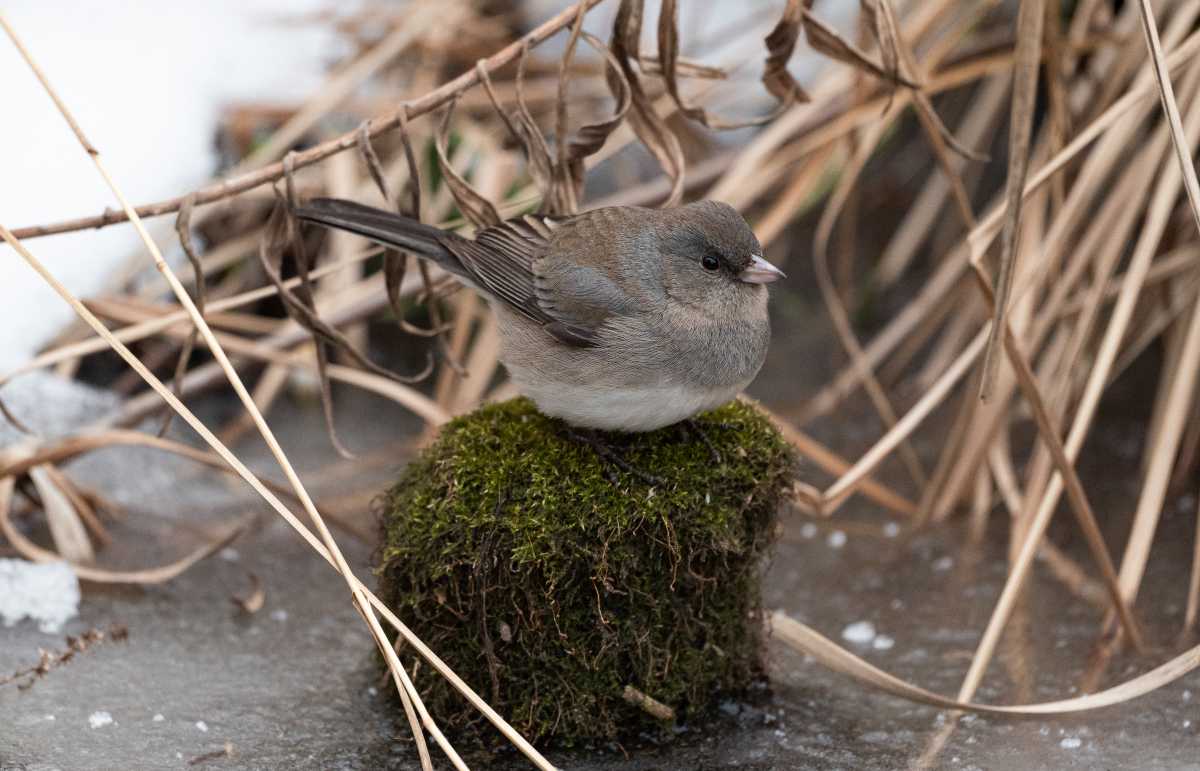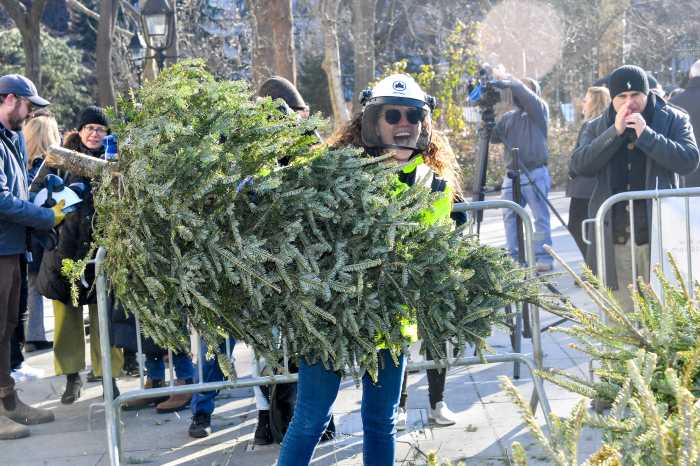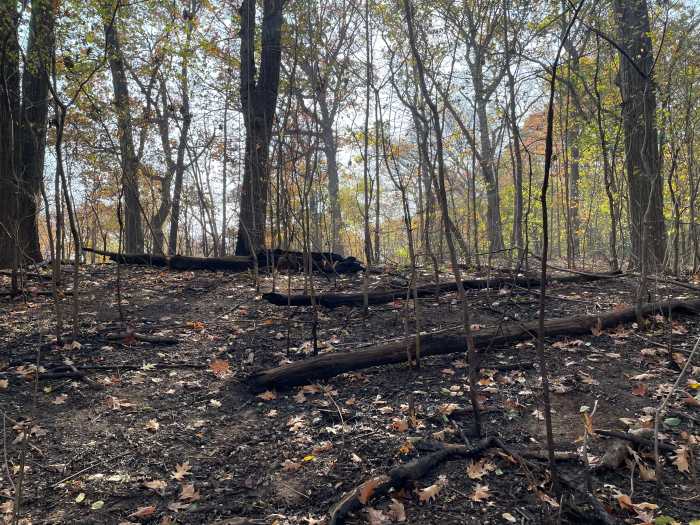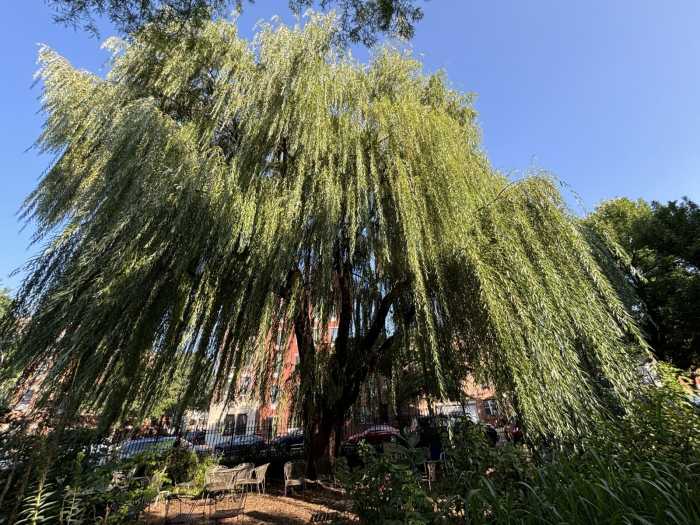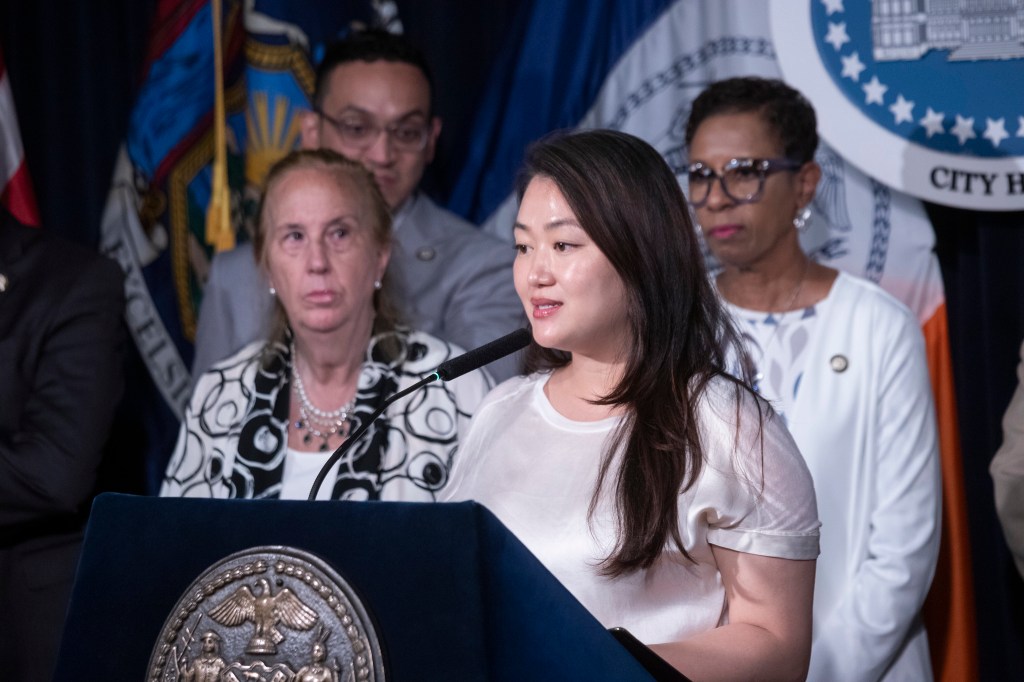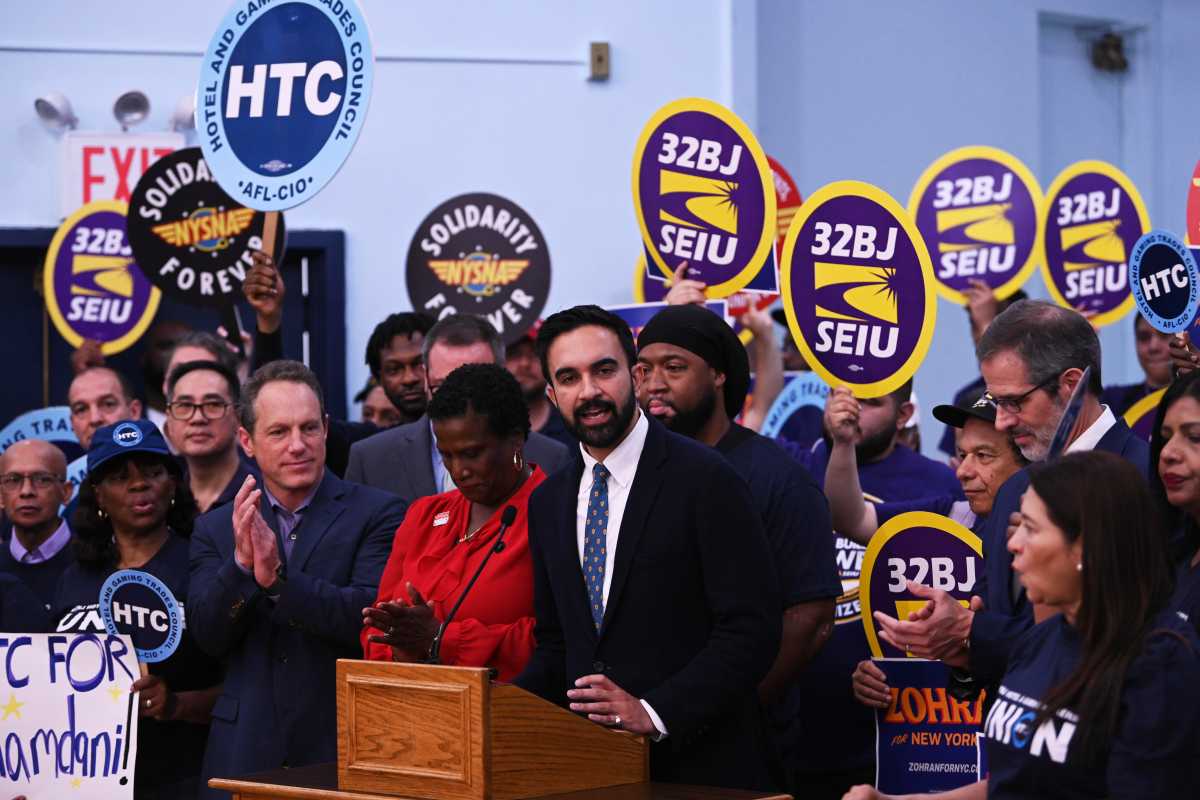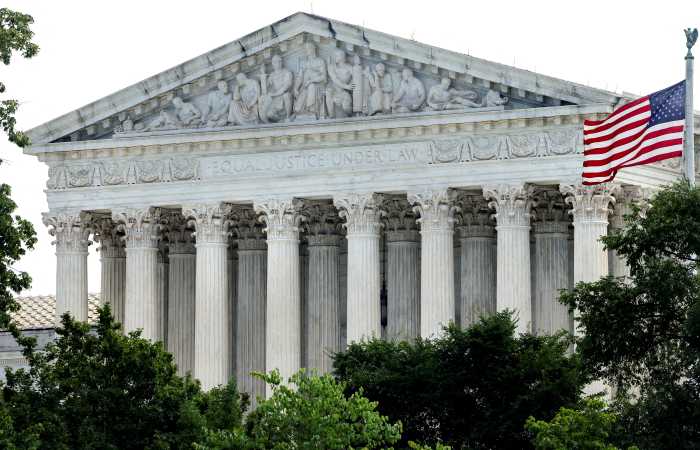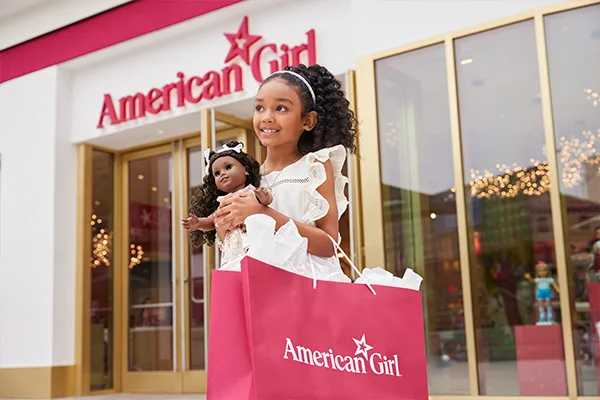The timer started at 8:11 a.m last Saturday morning. Almost immediately, Laura Waterbury, an environmental educator with the Brooklyn Bridge Park Conservancy and the leader of the morning’s birdwatching walk, shouted: “Oh! In the water!”
Everyone turned to peer through their binoculars at the Double-crested Cormorant that had just dived into the East River.
This small group of people, seven participants and four Conservancy members, had gathered at the Brooklyn Bridge Park in the freezing cold to birdwatch and participate in this year’s Great Backyard Bird Count.
The GBBC, which was launched in 1998 by the Cornell Lab of Ornithology and National Audubon Society, is an annual four-day event in February during which anyone around the world can observe, identify and count birds and submit those counts for scientists to study and better understand global bird populations before their migrations. All of the resulting data gets submitted to eBird, one of the largest participatory-science projects in the world.
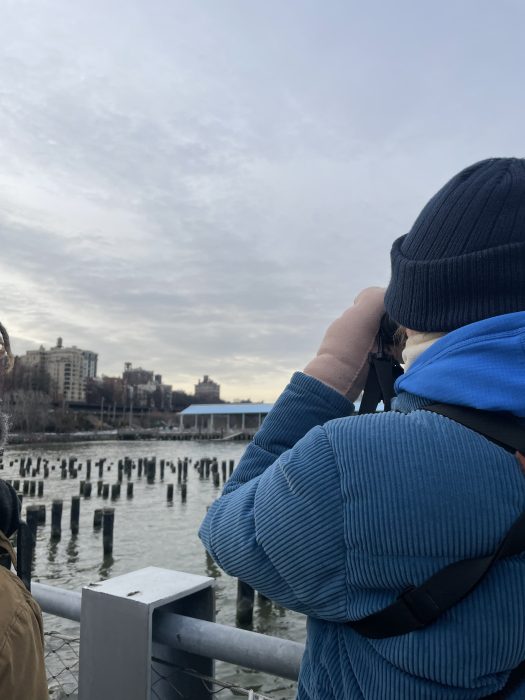
As birdwatching has become more popular, especially since the pandemic, so too has the amount of data collected through the GBBC increased every year.
“The main purpose and goal, aside from collecting a robust, immense amount of data in a short time, is that it’s meant to feel like something anybody can do,” said Becca Rodomsky-Bish, the GBBC project leader at the Cornell Lab.
That includes people who are just observing birds in their “backyard.”
“You’re more of an expert than you realize,” she said
The Feb. 15 event was made up of experienced birders and amateurs alike. Kevin Barrett, an environmental educator in eastern Brooklyn, developed a love for birding recently through birdwatching walks at work.
He said he enjoys noticing the life cycles of different birds.
“It kind of feels like familiar friends that leave and come back,” Barrett said.“‘I remember seeing you last year.’ It’s a nice marker of time.”
And, he said, he loves the enthusiasm and dedication of the birding community.
“Alright. Where are all the sparrows?” Waterbury wondered out loud, as the group walked south through the park’s quiet wooded paths.
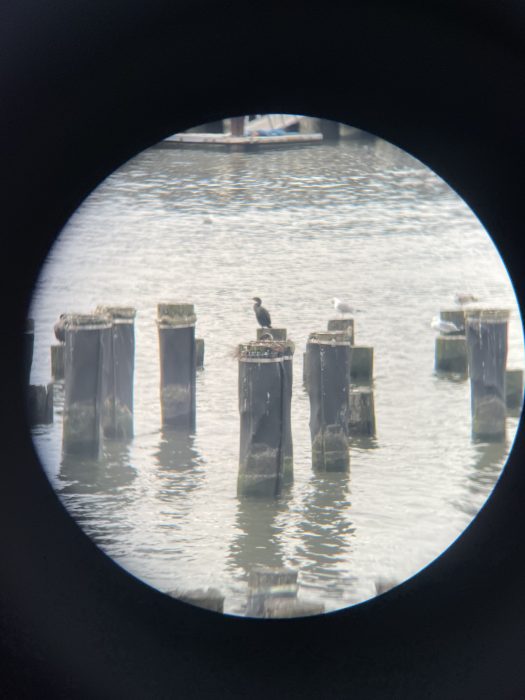
There were two Mourning Doves perched on a branch above, then four Canada geese flew over the group, cawing. Waterbury helped identify birds along the way. (The final tally that would be submitted at the end of the day came out to: 254 observed birds, split between 21 different species.)
People also used the birding guide provided to identify birds. It came in handy at the southern border of Pier 1, which overlooks old warehouse pylons sticking out of the water. There were cormorants and seagulls and – was that a Gadwall, way out there? Waterbury investigated through her binoculars.
Waterbury started birdwatching a few years ago and became the Conservancy’s de facto birding expert. Though this is her first year participating in the GBBC, she said it’s nice to know that all around the world there are all these people doing the same thing in the same block of time.
“It makes the world a smaller place,” she said.
It also reminds her that these bird counts serve a greater purpose beyond her own love for birding.
The data collected through the GBBC every year gets integrated into a larger dataset that scientists around the world use in their research to analyze annual bird population numbers, trends, and changes across landscapes or due to climate change.
Last year alone there were almost 250 scientific articles published that used eBird data. For a 2019 study, researchers used eBird to estimate the decline of bird populations in the Western hemisphere. They found that North America’s bird population had decreased by nearly a third since 1970 – that’s a staggering three billion fewer birds due to human pressures.
Rodomsky-Bish said that study has informed a lot of bird conservation efforts since.
“In order to preserve and conserve the natural world, we have to love it,” she said. “And an introduction to birding can awaken people’s attention to and connection with the natural world.”
Towards the end of the walk on Saturday, everybody gathered near a patch of sand where several ducks were resting and grooming themselves. Waterbury detailed the differences in color and shape between the American Black Ducks, Gadwalls and Mallards. The Black Ducks had “richer chocolate brown” feathers than the Gadwalls. And the Mallards? The group stood there longer than they had anywhere else, observing the magnified iridescent shimmer of the Mallard’s head through their binoculars.
“They’re just beautiful,” Waterbury said.


